Forums
- Forums
- Duggy's Reference Hangar
- USAAF / USN Library
- Northrop XP-79B
Northrop XP-79B
Post a reply
- Go to Previous topic
- Go to Next topic
- Go to Welcome
- Go to Introduce Yourself
- Go to General Discussion
- Go to Screenshots, Images and Videos
- Go to Off topic
- Go to Works in Progress
- Go to Skinning Tips / Tutorials
- Go to Skin Requests
- Go to IJAAF Library
- Go to Luftwaffe Library
- Go to RAF Library
- Go to USAAF / USN Library
- Go to Misc Library
- Go to The Ops Room
- Go to Made in Germany
- Go to Campaigns and Missions
- Go to Works in Progress
- Go to Juri's Air-Raid Shelter
- Go to Campaigns and Missions
- Go to Works in Progress
- Go to Skinpacks
- Go to External Projects Discussion
- Go to Books & Resources
-
 Main AdminNorthrop XP-79B by Joe Baugher
Main AdminNorthrop XP-79B by Joe Baugher
The Northrop XP-79 originated in 1942 as an idea by John K. Northrop for a high-speed flying wing fighter aircraft powered by a rocket engine. Near-sonic speeds were envisaged. The idea was somewhat similar to that which eventually produced the Messerschmitt Me 163 rocket-powered interceptor in Germany.
The Northrop fighter project was to be powered by a 2000 pound thrust Aerojet XCALR-2000A-1 rocket engine, with takeoff assisted by a pair of 1000 pound thrust rocket boosters which would be dropped after takeoff. Northrop proposed that this airplane be flown by a pilot lying prone in the cockpit, since it was hoped that this would reduce strain on the pilot during violent maneuver and would present a minimum silhouette to enemy gunners.
In January of 1943, the USAAF issued a contract for three prototypes under the designation XP-79. The availability of jet engines led to a decision in March to use two Westinghouse 19-B turbojets in the third prototype, which was redesignated XP-79B.
Since the layout of the fighter was so radical, it was thought that test glider prototypes be built to verify the validity of the concept. One of these was designated MX-324, and was fitted with a fixed tricycle landing gear. The MX-324 was towed into the air by a P-38 on July 5, 1944, and became the first American-built rocket-powered aircraft to fly.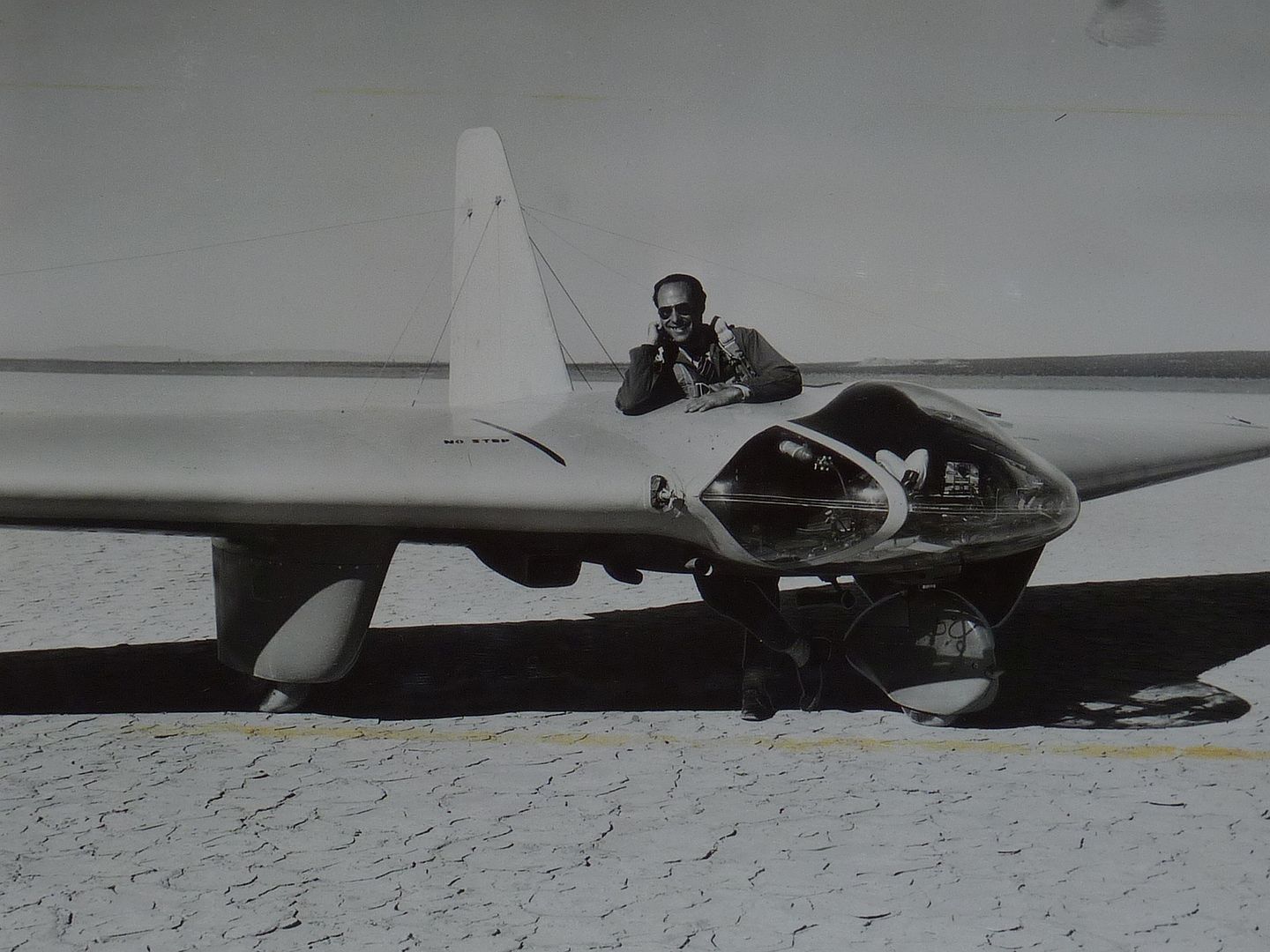
Delays in the development of the Aerojet rocket engine caused the USAAF to cancel the two XP-79s, leaving only the XP-79B. The serial number of the XP-79B was 43-52437. The XP-79B was finally ready for flight testing in the summer of 1945. The pilot lay prone in an unpressurized cockpit situated between the two turbojets. The flying wing was of semimonocoque construction and was built largely of magnesium in order to save weight. Instead of conventional ailerons, the wing had air intakes at the tips for lateral control, in much the same manner as the XP-56. The aircraft was equipped with a pair of vertical tails, presaging the MiG-25 and the F-15. The retractable landing gear consisted of four wheels, two each in tandem. The XP-79B was to use a rather unusual technique for destroying enemy aircraft. The wing leading edge was reinforced so that it could slice off the wings or tails of enemy aircraft by ramming them! And if that didn't work, the XP-79B was equipped with a more conventional armament of four 0.50-inch machine guns in the wing leading edge.
The XP-79B was transferred to Muroc Dry Lake in June of 1945. Flight testing was delayed by problems with bursting tires during ground taxiing trials. On September 12, 1945, test pilot Harry Crosby finally took the XP-79B up in the air for the first time. It flew all right for about fifteen minutes, but the plane then suddenly went into a spin from which it proved impossible to recover. Crosby attempted to parachute to safety, but his chute failed to open and he was killed. The XP-79B impacted in the desert and was destroyed in the resulting fire.
The USAAF decided to abandon the project.
Specifications (XP-79B)
General characteristics
Crew: 1
Length: 13.98 ft (4.26 m)
Wingspan: 37.99 ft (11.58 m)
Height: 7.58 ft (2.31 m)
Wing area: 278 sq ft (25.8 m2)
Aspect ratio: 5.19
Airfoil: NACA 66,2-018
Empty weight: 5,842 lb (2,650 kg)
Gross weight: 8,669 lb (3,932 kg)
Fuel capacity: 300 US gal (250 imp gal; 1,100 l)
Powerplant: 2 ? Westinghouse 19B axial flow turbojet, 1,150 lbf (5.1 kN) thrust each
Performance
Maximum speed: 547 mph (880 km/h, 475 kn)
Cruise speed: 480 mph (770 km/h, 420 kn)
Range: 993 mi (1,598 km, 863 nmi)
Endurance: 2.45 hours
Service ceiling: 40,000 ft (12,000 m)
Rate of climb: 4,000 ft/min (20 m/s)
Wing loading: 31 lb/sq ft (150 kg/m2)
Thrust/weight: 0.27
Armament
Guns: 4x 0.5 in (12.70 mm) machine-guns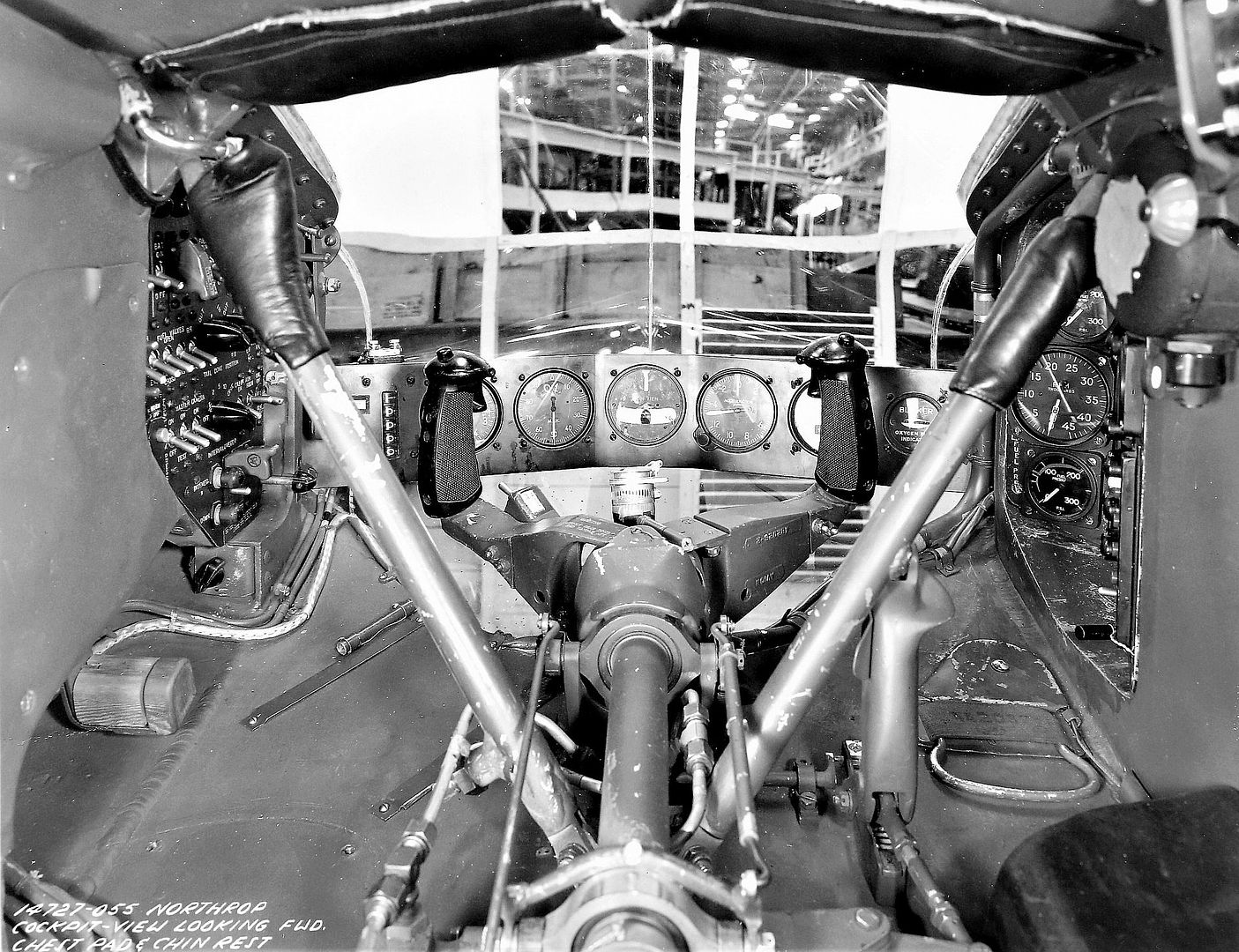
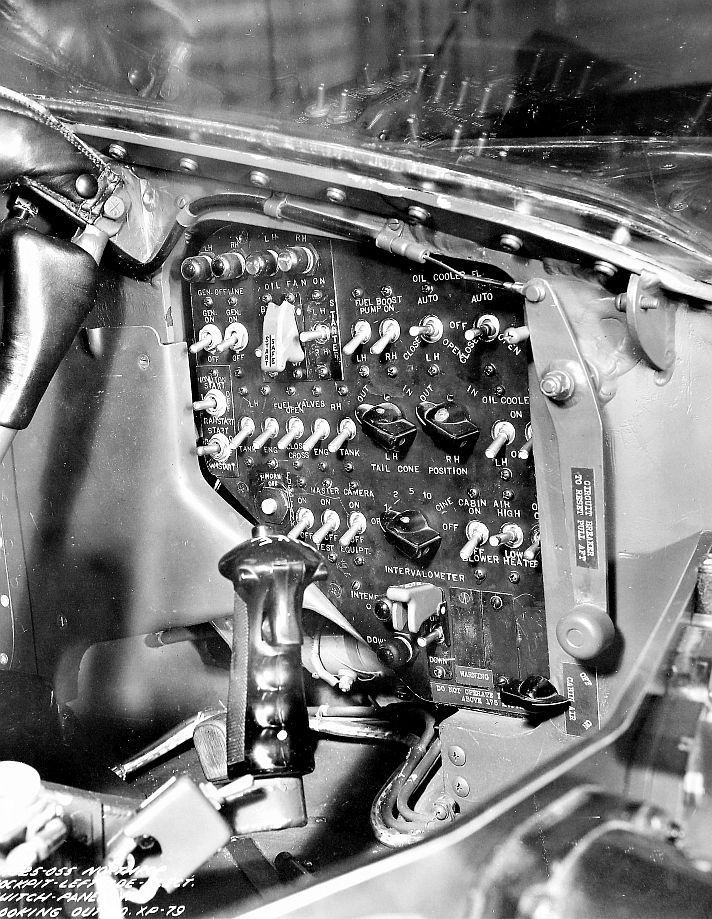
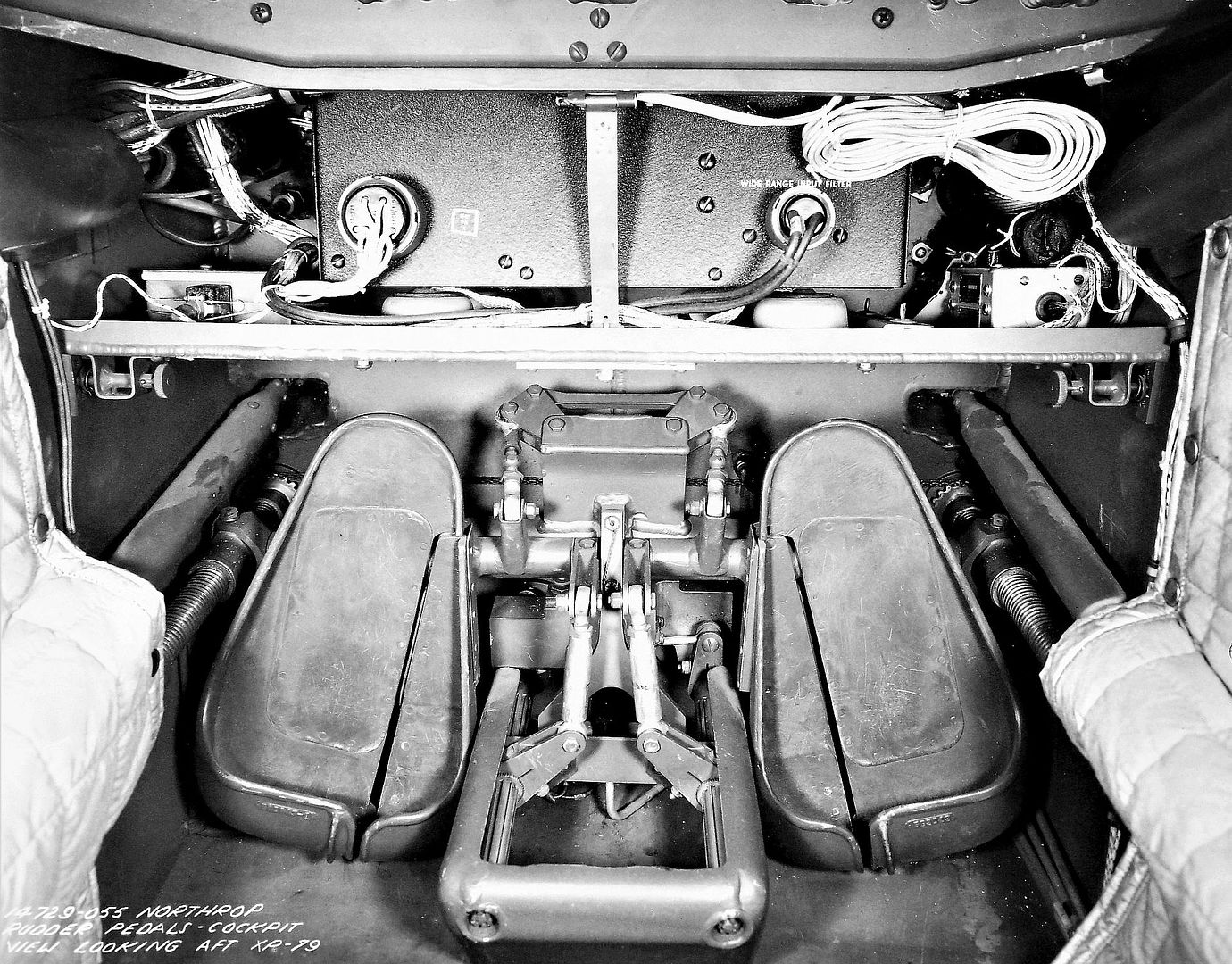
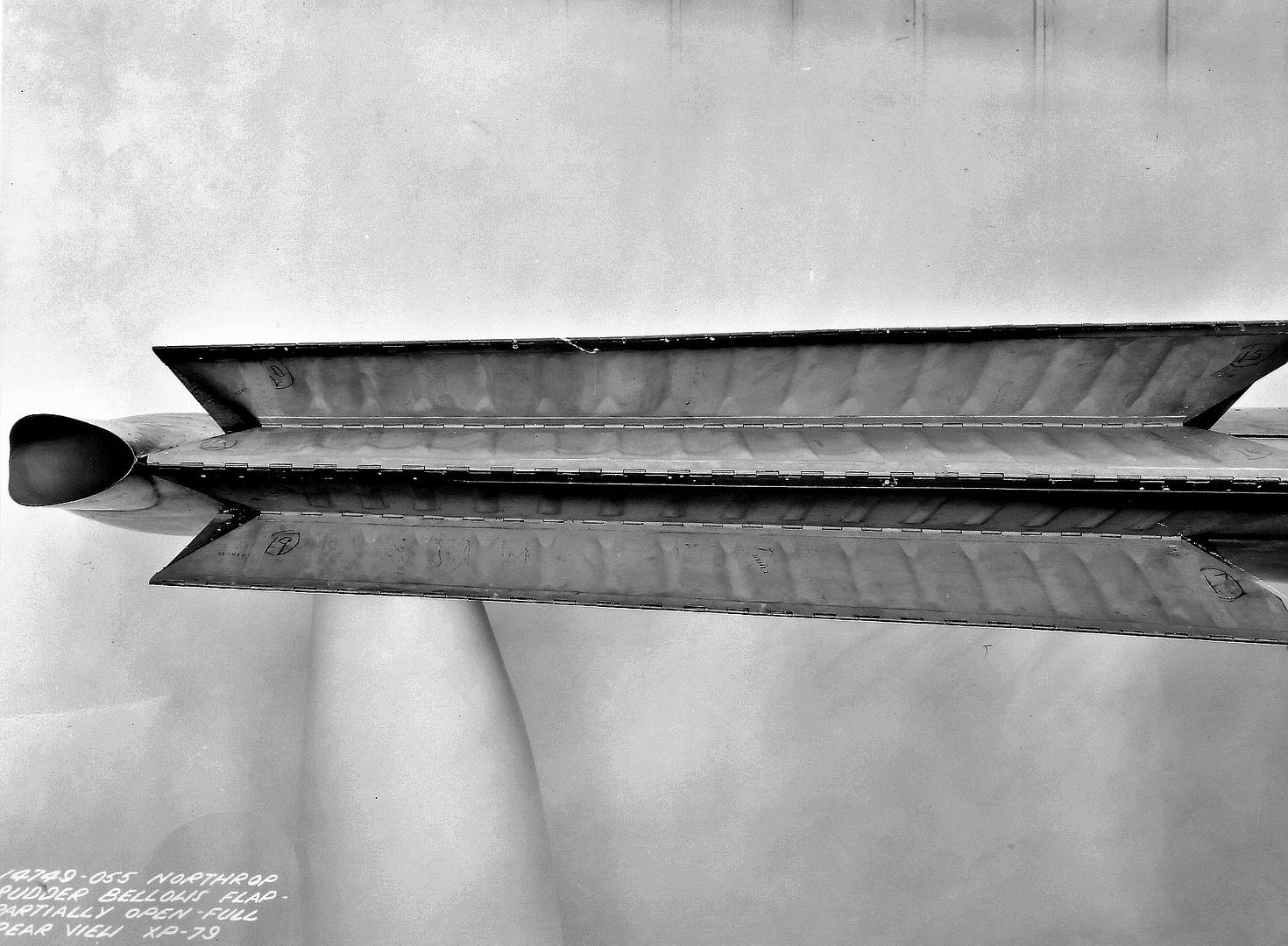
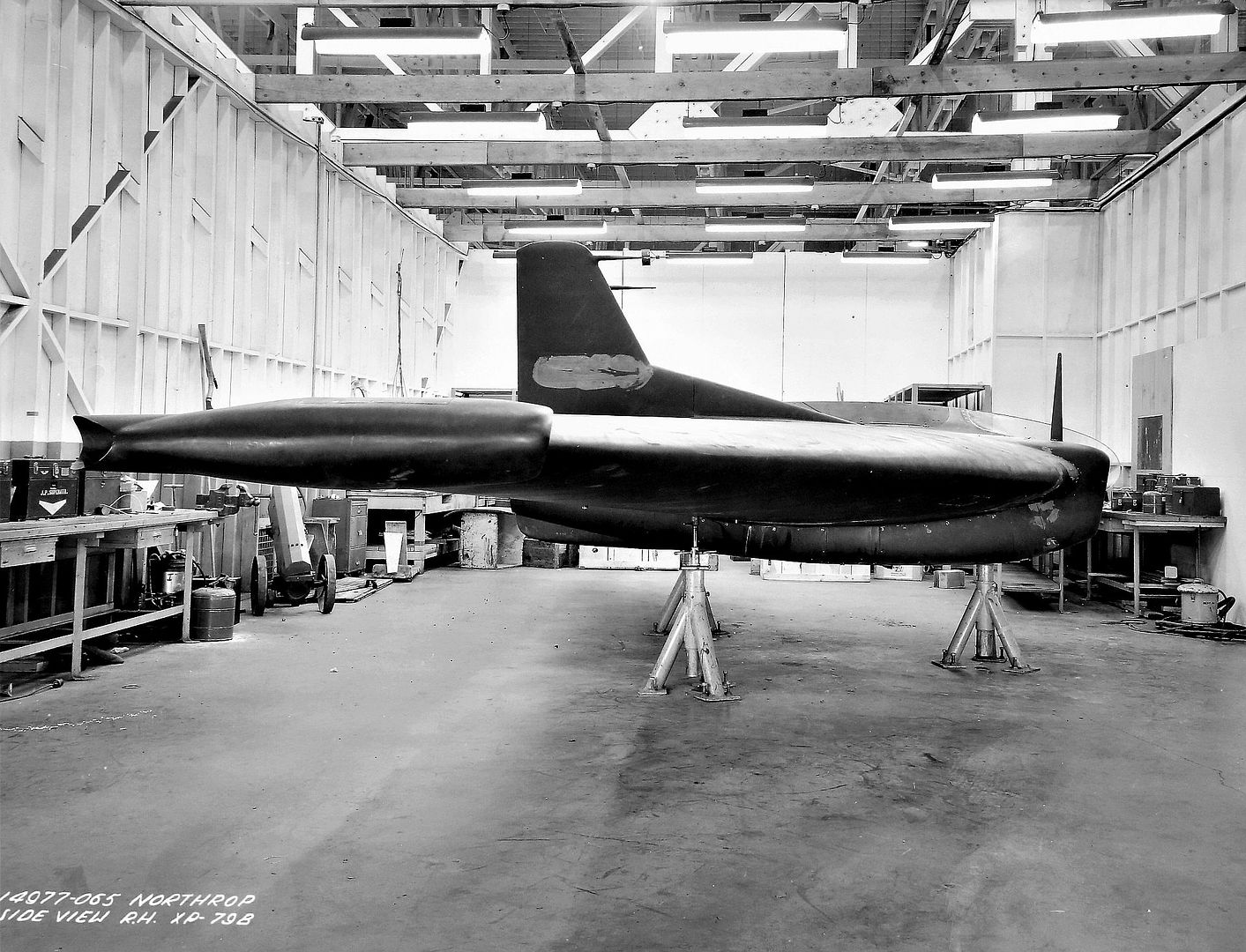
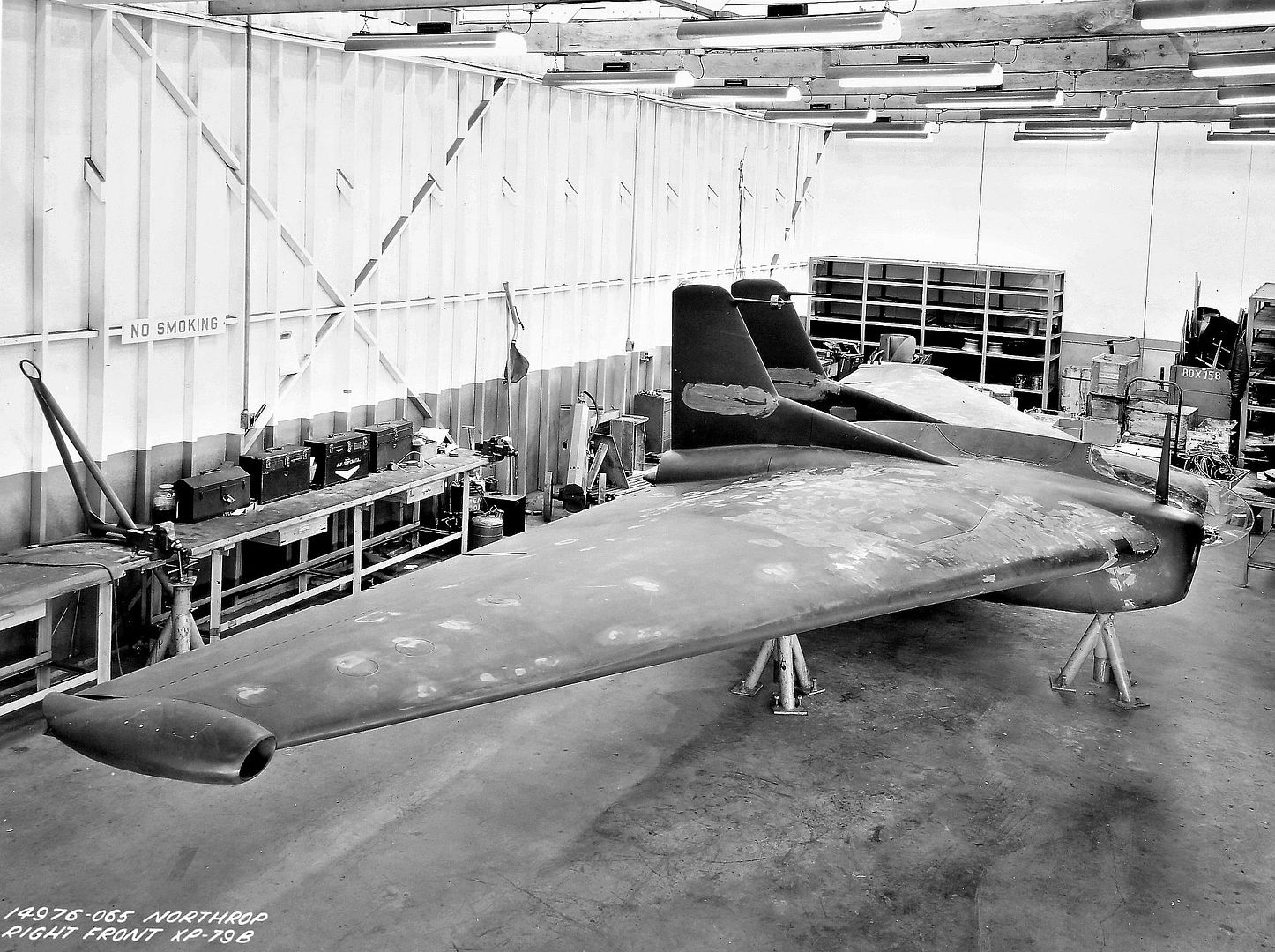
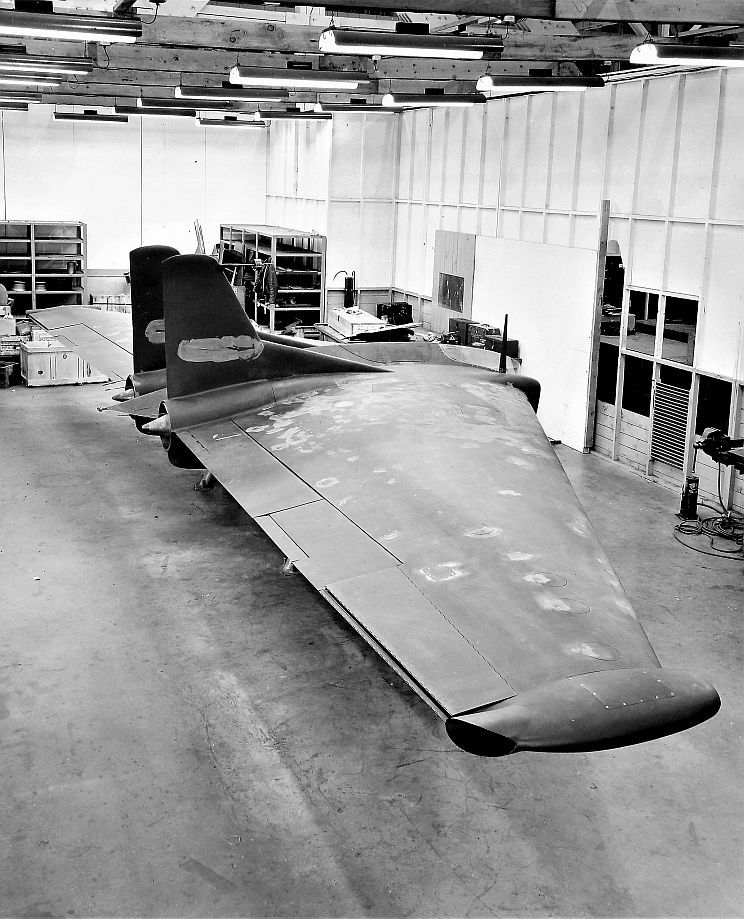
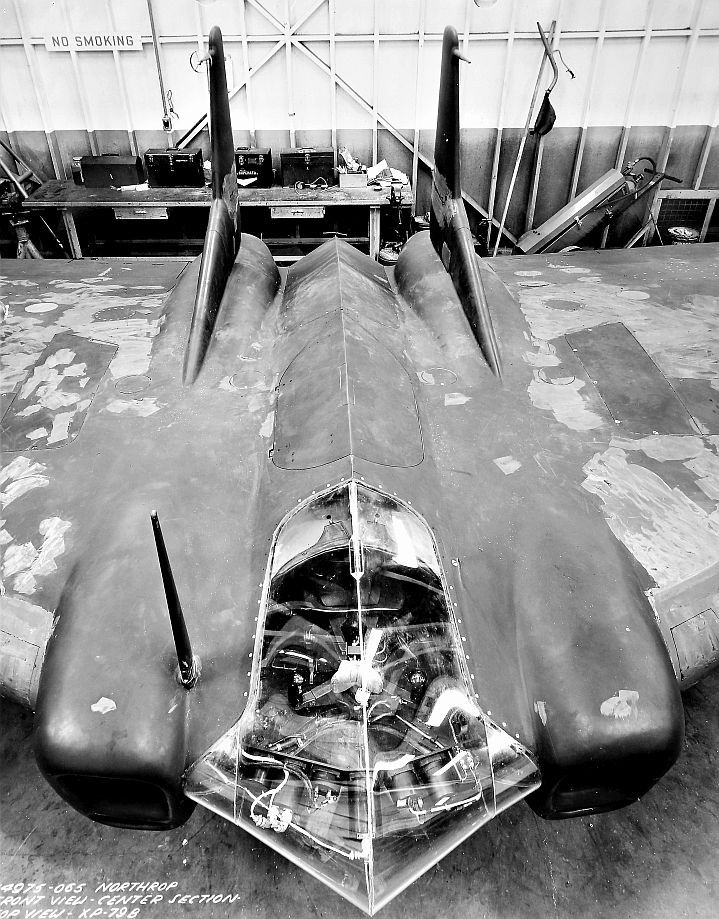
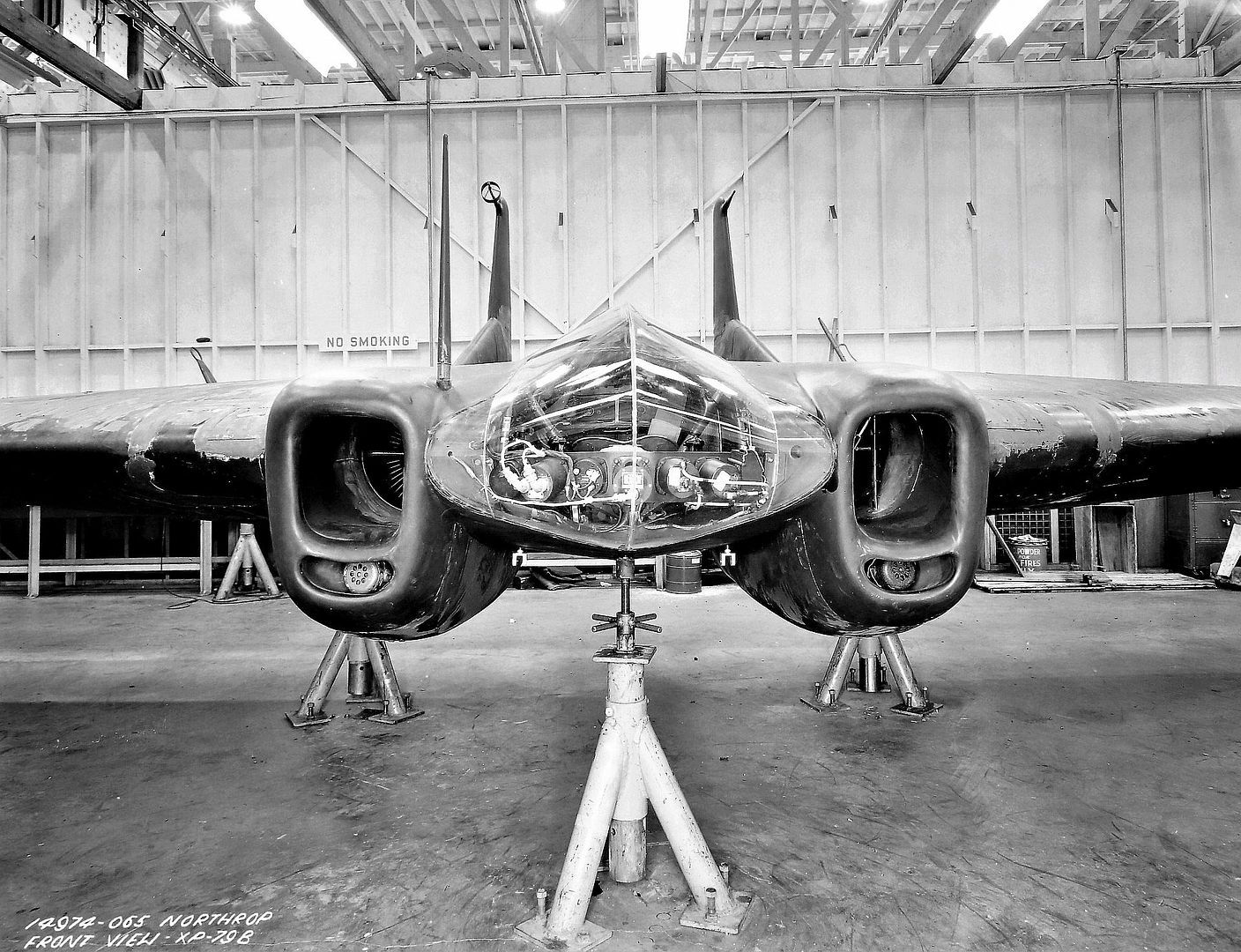
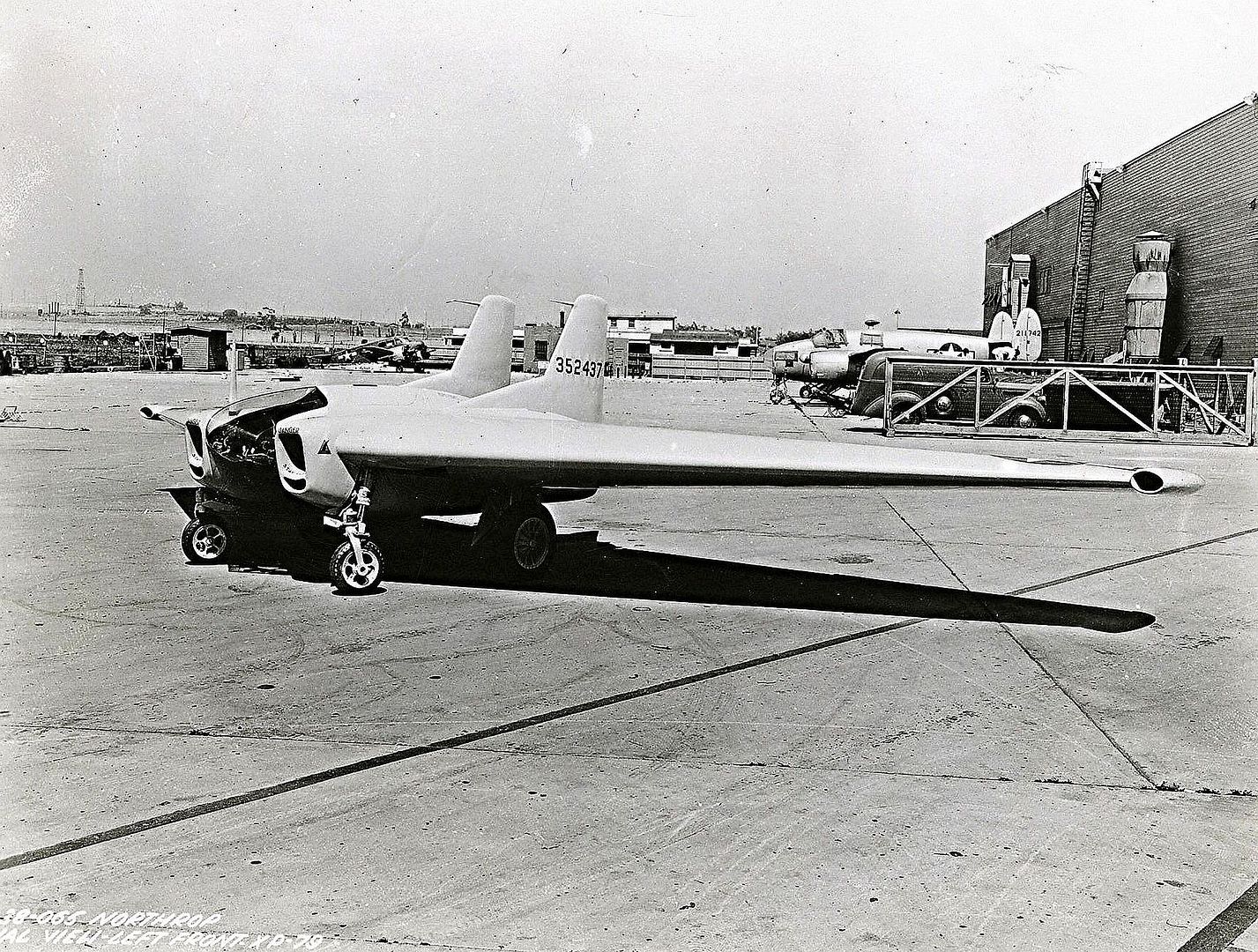
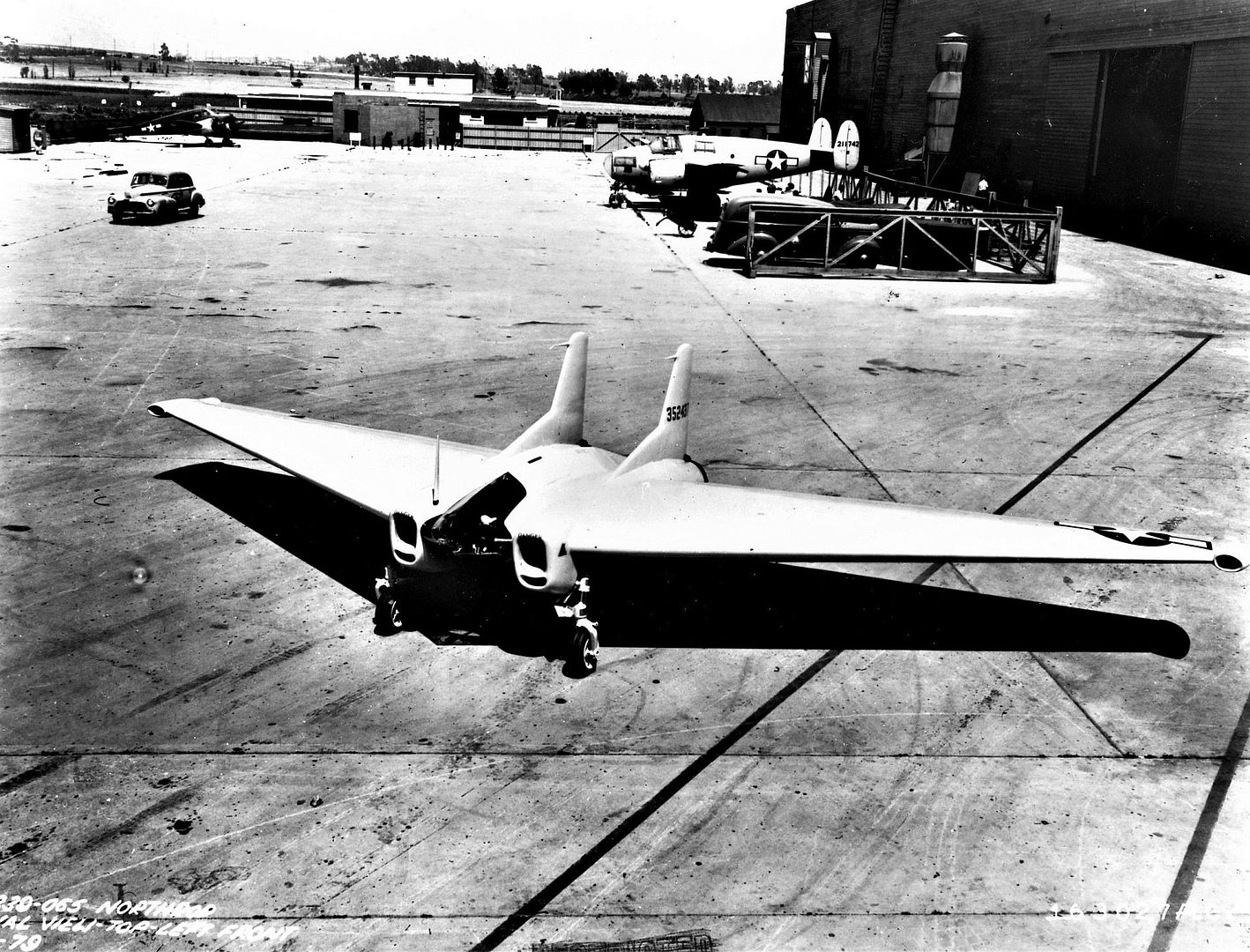
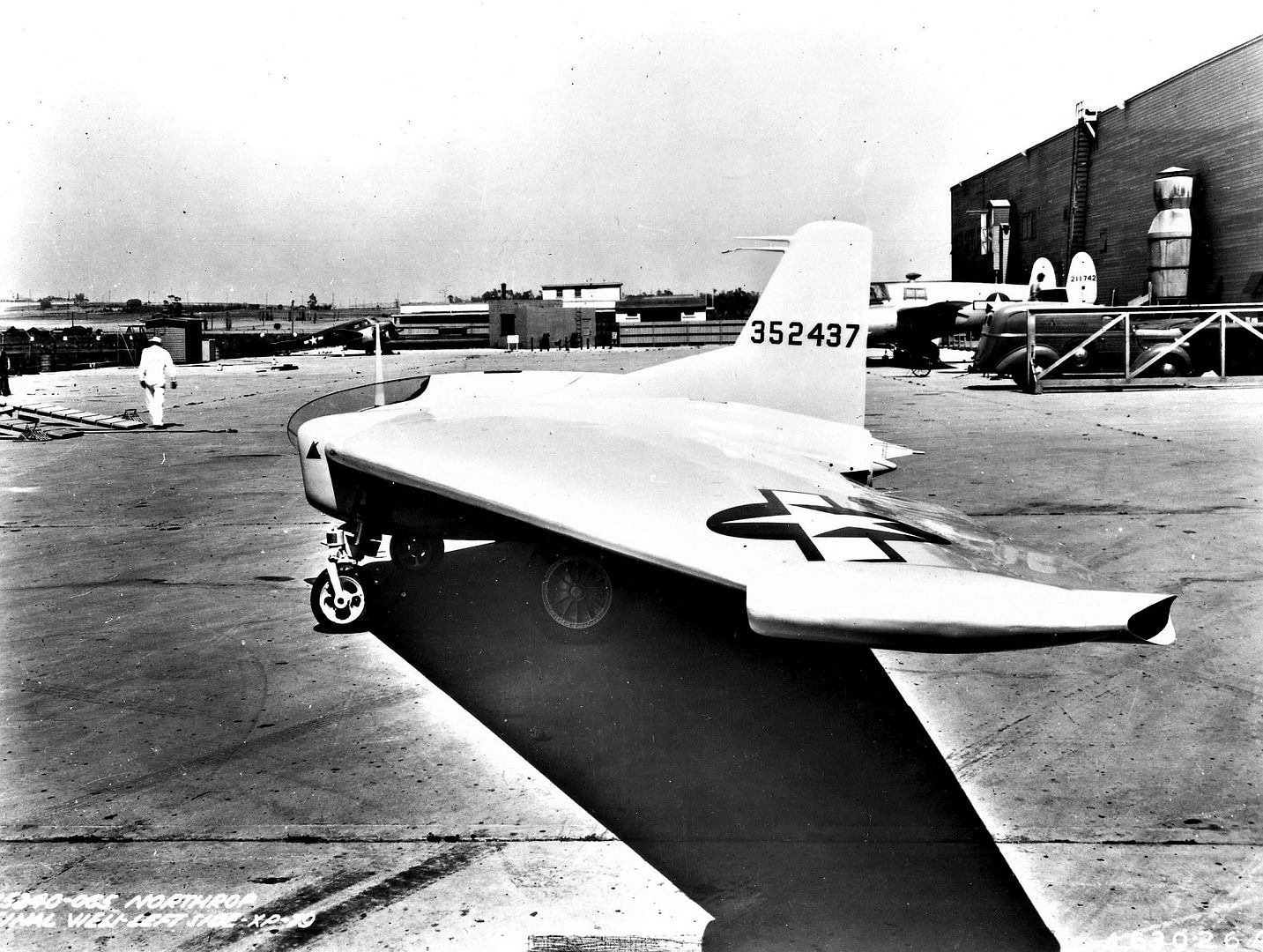
Post a reply
- Go to Previous topic
- Go to Next topic
- Go to Welcome
- Go to Introduce Yourself
- Go to General Discussion
- Go to Screenshots, Images and Videos
- Go to Off topic
- Go to Works in Progress
- Go to Skinning Tips / Tutorials
- Go to Skin Requests
- Go to IJAAF Library
- Go to Luftwaffe Library
- Go to RAF Library
- Go to USAAF / USN Library
- Go to Misc Library
- Go to The Ops Room
- Go to Made in Germany
- Go to Campaigns and Missions
- Go to Works in Progress
- Go to Juri's Air-Raid Shelter
- Go to Campaigns and Missions
- Go to Works in Progress
- Go to Skinpacks
- Go to External Projects Discussion
- Go to Books & Resources
